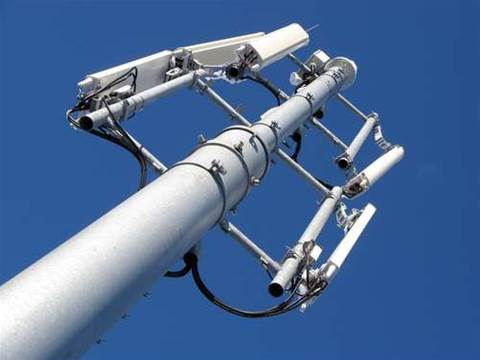Huawei said it will consider building a research centre in Australia to enable carriers to test next-generation telecommunications technology for the National Broadband Network.
The Chinese telecoms equipment maker this week opened a long-term evolution (LTE) incubator in Japan, its first in the Asia-Pacific.
It will enable Huawei' s research teams to work with Japanese operators "to conduct rigorous tests on LTE systems before delivery", the company said.
And it will be open to Australian carriers looking to test their equipment. The technology, also called 4G, is one of several being discussed as an alternative for the one in 10 Australians to miss out on optical fibre.
"There's potential to set up a [research] centre in Australia ... but it's all demand-driven," said Huawei Technologies Australia chief technology officer Peter Rossi.
"We've had initial discussions with the industry. Everyone is asking questions about it, finding out where the standards are at and what's coming over the horizon but they're just discussions at the moment."
Most demand is from operators in Europe and Japan, Rossi said.
The Japanese lab has a real-world environment in which tests such as peak throughput, latency, quality of service, handover, management operations and self-organising network are done.
Its downlink data rate at the application layer reaches 140Mbps through a remote radio unit with 20 Mhz bandwidth.
And it has Huawei' s fourth-generation DBS3900 base station and the latest versions of commercial software and test terminals.












.jpg&w=100&c=1&s=0)
_(8).jpg&w=100&c=1&s=0)









